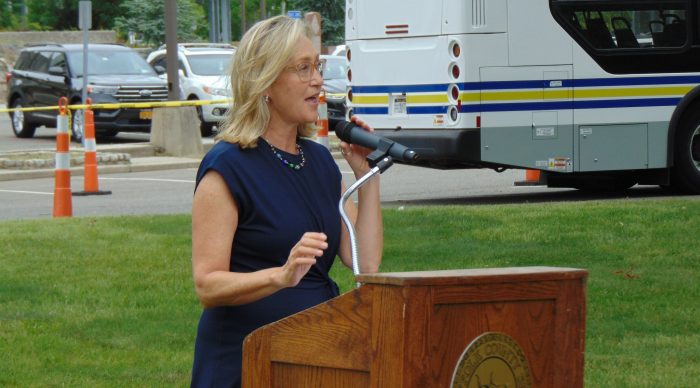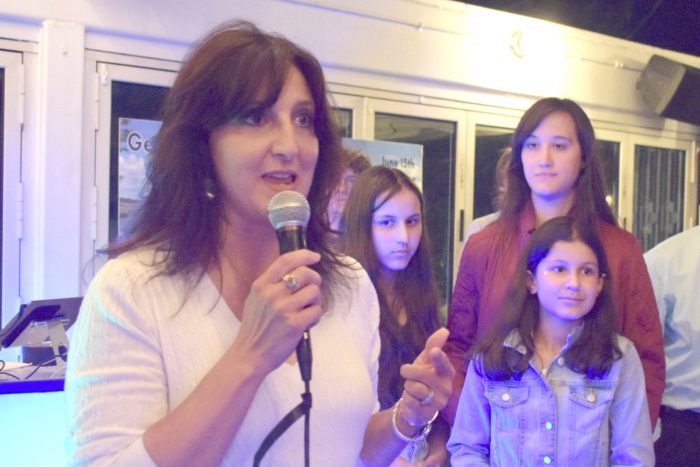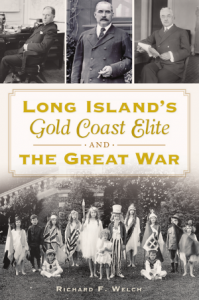
This past week, I spent more time personally and professionally speaking with other people than I had in over a year.
I give myself mixed reviews. Two anecdotes capture the range of my experiences. During one meeting, my brain had its own mini dialog, even as I tried to stay focused on details about a story I was researching. Here’s a sample of that internal dialog:
Wait, why is he looking away? Should I not have had that salad earlier? Do I have something green in my teeth?
No, hold on, maybe it’s that you’re tired and your eyes are closing. Open your eyes wider to indicate that you’re paying attention. No. NO. NO! Too wide! Now, he’s wondering why you’re staring so intently at him.
Okay, he’s looking at you again. Oh, no, I have to scratch my face. What do I do? Ignore it. Yes, that’s working. No, it’s not. Now, my face itches even more. Come on face, suck it up. No, I have to scratch. Maybe I can coordinate the scratch with the moment when he looks away. Come on, look away!
Great, now he’s looking at me without blinking, like Jack Nicholson in “A Few Good Men.” Wait, I’m listening. Really, I am, but I’m a tad distracted. It’s not my fault. It’s my face’s fault.
I’m focused. I have a good question ready, but I still need to scratch my face. Look away. LOOK a-WAY! It’s not working. Instead of scratching, I’m twitching. Now he’s staring at the part of my face that itches and twitches.
I’m going to lean on my hand and scratch subtly, while listening intently and making solid, but not scary eye contact.
Okay, so, maybe that was a slight exaggeration, but it was an imperfect and slightly distracted moment in the real world.
Later in the week, I had another opportunity to multitask. Just as I started walking across a courtyard to a meeting, it started pouring.
I walked quickly. Running didn’t seem like a great choice because panting, dripping and sweating is never a good look for me.
When I arrived, an incredibly supportive executive assistant asked me if I wanted a hot tea, coffee, towel or water. I said I’d be fine.
Once I got in the office, I immediately realized, dripping onto, into and around the chair of one of my favorite sources, that his air conditioning was among the strongest in the area. In addition to the cool air in the room, I felt a slight breeze, which made me feel as if each droplet of water clinging to me might soon turn to ice.
As I spoke to him, rocking slightly back and forth, putting my hands under my legs to keep them warm, I was well aware of how ridiculous I must have looked. At the same time, I appreciated the in-person nature of the experience, which wasn’t an option six months earlier.
I enjoyed how the multitasking necessary to stay on track was so much different than the challenges of Zoom, where my primary concerns were whether the background in the screen included messy clothing, whether I was looking at the right place on the screen, and whether my dog would decide to bark at the five-year-old learning to ride a bike in front of our house.
Venturing further out than I have in over a year from the turtle-shell life felt like stepping back into a familiar but altered role. Despite the momentary and awkward setbacks, it was a welcome return to a three-dimensional world.
















